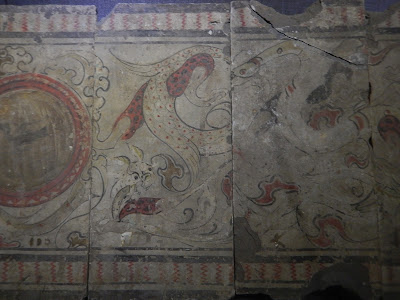Peonies are the flower in Luoyang. Every spring there is a festival in their honour where peonies are on display at numerous sites around the city.
I don't know too much about them, so I can't tell you the names of the different varieties, but they are many.
Some venues are more substantial than others.
Just be careful if you invite a young lady to accompany you that you check your text message for any autocorrect errors.
I don't know too much about them, so I can't tell you the names of the different varieties, but they are many.
Some venues are more substantial than others.
Just be careful if you invite a young lady to accompany you that you check your text message for any autocorrect errors.






































